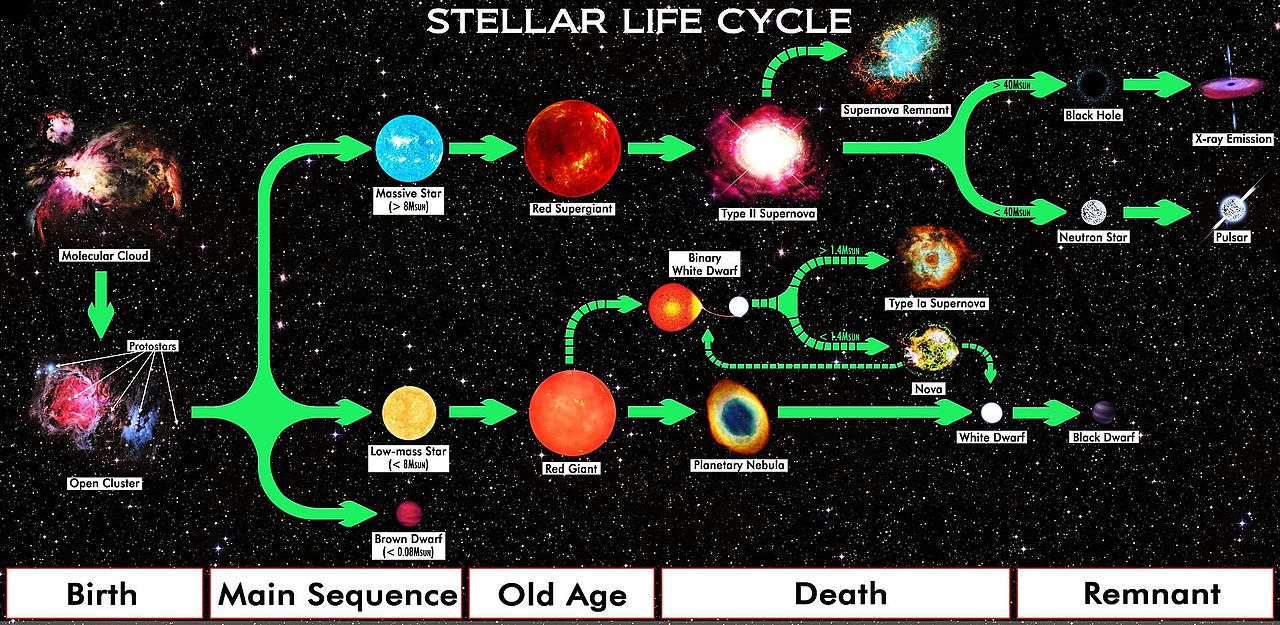Okay, very confusing question…
So, assuming you want to know how heavy only the “solid at room temperature” elements of the sun are, let’s try this.
The sun is 1.989 × 10^30 kilograms.
According to this: https://www.thoughtco.com/element-composition-of-sun-607581 we can see the % of total mass for each element.
- Element % of total atoms % of total mass
- Hydrogen 91.2 71.0
- Helium 8.7 27.1
- Oxygen 0.078 0.97
- Carbon 0.043 0.40
- Nitrogen 0.0088 0.096
- Silicon 0.0045 0.099
- Magnesium 0.0038 0.076
- Neon 0.0035 0.058
- Iron 0.030 0.014
- Sulfur 0.015 0.040
Doing the math and removing the “gas at room temperature” elements… the total mass would be:
1.7901 * 10^28 kilograms
Note: Pretty sure I’ve messed something up here in the calculations but the mass is so ridiculously heavy that I don’t think it really matters.
Seems like you answered the question, OP comments at the bottom and thinks it might be picked up by hand in terms of weight.
Actually there’s this thing called a black dwarf. Its when a star gets really old, it can turn into a white dwarf. If this happens then 100 zillion years later, the white dwarf star eventually uses up all its energy and turns into a cold dark mass. It takes so long to for this to happen that scientists believe there to be no black dwarfs in the universe.

The sun is just mostly gas. Do you mean how much it would weigh, if only solid mass was left?
Yes if the sun was put into rock form how much would it weigh and would it be able to be picked up?
I don’t think you understand the size difference between the Sun and anything human relatable. Its circumference is more than a hundred times the distance around the Earth (which itself is a difficult thing to comprehend), and that’s just distance, not volume. A typical sunspot is about the size of our planet or larger.
Well it’s not wet, but if you stopped the reactions, the sheer force of gravity of the upper layers on the inner layers would start them again. Not that that has any effect on its mass. (I mean it does, because the nuclear reactions convert mass to energy, but that’s a very long process.)
Asking weight doesn’t really make sense, because weight is a product of gravity. The sun has a mass of 1.9891x10^30 kg, and at 1g that’s 4.384x1030 lb, at least according to the Google result summary I copy-pasted from.
So if I was on a less gravity planet it would be easy to pick up?
Weight is determined by gravity, which is determined by the mass of the objects.
Regardless of gravity, objects still retain their mass, so you wouldn’t be able to move anything that massive.
Moving an object requires force, the amount of force required is related to the object’s mass and current velocity (momentum). Even sitting still you’d have to accelerate the mass from zero.
I forget the acceleration formulas, physics was a few decades ago. F=M*A?
Yes, that’s right. So the force required to accelerate an extremely massive object is very high.
But, if you only want to accelerate it a little tiny bit, you only need a little tiny bit of force. So all other things being equal, you could push on the sun and maybe after some days, weeks, months, or years, you’d start to notice that it moved a little bit.



